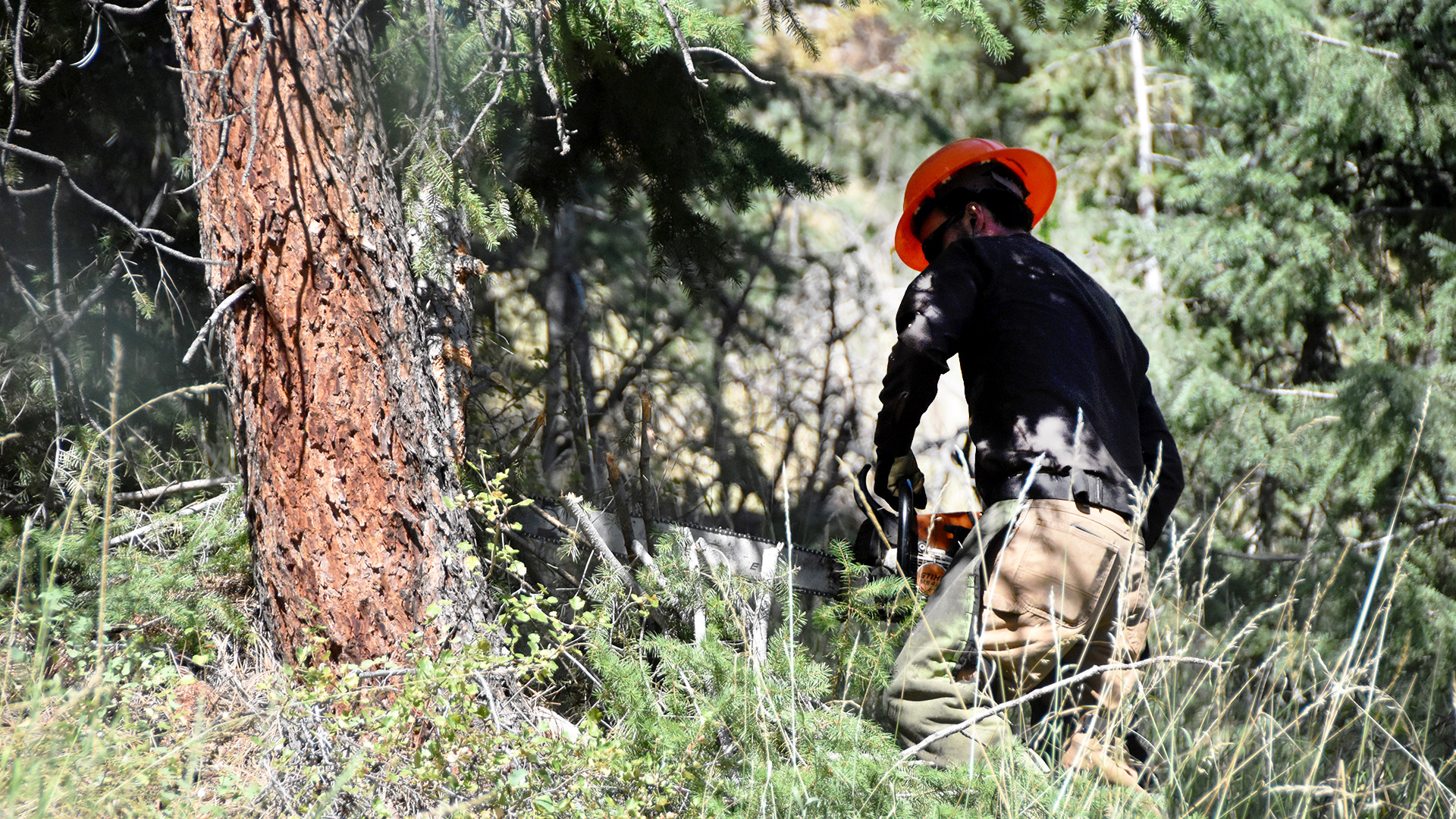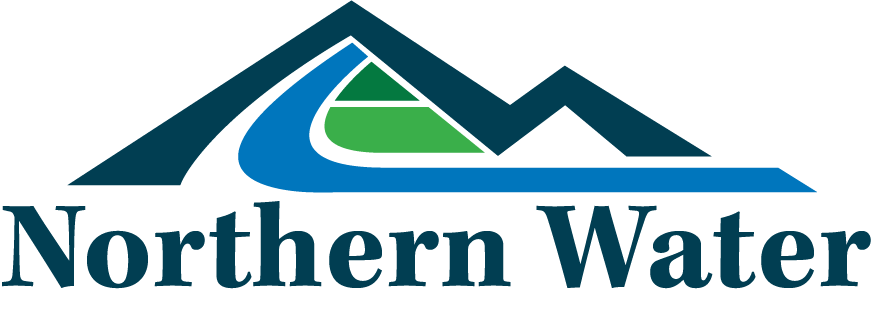Forest Health Partnerships
C-BT Headwaters Partnership
Northern Colorado’s historic 2012 fire season was a wake-up call to water agencies, highlighting the critical importance of watershed health to clean, reliable water supplies. The 2012 fires, along with actions of other water agencies to wildfire and forest health planning, led to formation of the Colorado-Big Thompson (C-BT) Headwaters Partnership between Northern Water, the U.S. Bureau of Reclamation, the Colorado State Forest Service (CSFS) and the U.S. Forest Service (USFS). This effort was extended in 2017 and added the National Park Service and Western Area Power Administration to the partnership.
C-BT Headwaters Partnership goals include proactively restoring forest and watershed health and preplanning post-wildfire responses to protect C-BT infrastructure and water supplies in the numerous watersheds within Northern Water’s boundaries. Watersheds include 355,000 acres on the West Slope in the headwaters of the Colorado River, and 300,000 acres on the East Slope in the headwaters of the Big Thompson River.

A Cooperative Plan
The partnership’s operating plan, which is reviewed annually, outlines goals for watershed health, identifies zones-of-concern priorities and a small watershed analysis, targets types and levels of treatments within each watershed, and estimates treatment costs. Participating agencies use the operating plan to develop funding levels for the cooperative efforts.
Treatment timelines depend largely on available funding from each entity. Current and future C-BT Headwaters Partnership projects will complement more than 16,000 acres of treatments already completed by the USFS, NPS, Larimer County, and CSFS in conjunction with private landowners.
Watershed Wildfire Protection Group
The Watershed Wildfire Protection Group (WWPG) was formed in 2007 to identify hazards to water supplies from wildfires. This diverse group of watershed stakeholders include major Front Range water providers as well as federal and state land management agencies. The WWPG’s vision is to collaboratively protect Colorado water supplies and critical infrastructure from catastrophic wildfire and other threats by maintaining healthy, resilient watersheds through implementation, funding, education and outreach on a statewide focus.
Watershed Health Investment Partnership
The Watershed Health Investment Partnership (WHIP) is an assembly of Front Range water providers that collectively serve 3.5 million municipal residents, thousands of industrial customers, and more than 120 ditch, reservoir and irrigation companies irrigating more than 615,000 acres. These water supplies also support the environment and outdoor recreation in the Upper Colorado, Upper South Platte and Upper Arkansas river basins.
WHIP utilizes a multi-jurisdictional approach to improve forest health and resiliency in priority watersheds from insect, disease and catastrophic wildfire on federal, state, municipal and private lands. Each WHIP member has an individual memorandum of understanding and funding agreement with the USFS and the CSFS to support forest treatment planning, permitting and implementation in priority watersheds. WHIP members include Aurora Water, Colorado Springs Utilities, Denver Water and Northern Water. Collectively, WHIP funds over $5 million annually in watershed protection projects.
Northern Water also work with other organizations to promote forest health, including Coalition for the Poudre River Watershed, Big Thompson Coalition, Estes Valley Coalition, Larimer County, Colorado State Forest Service and National Resources Conservation Service - Big Thompson Conservation District.
